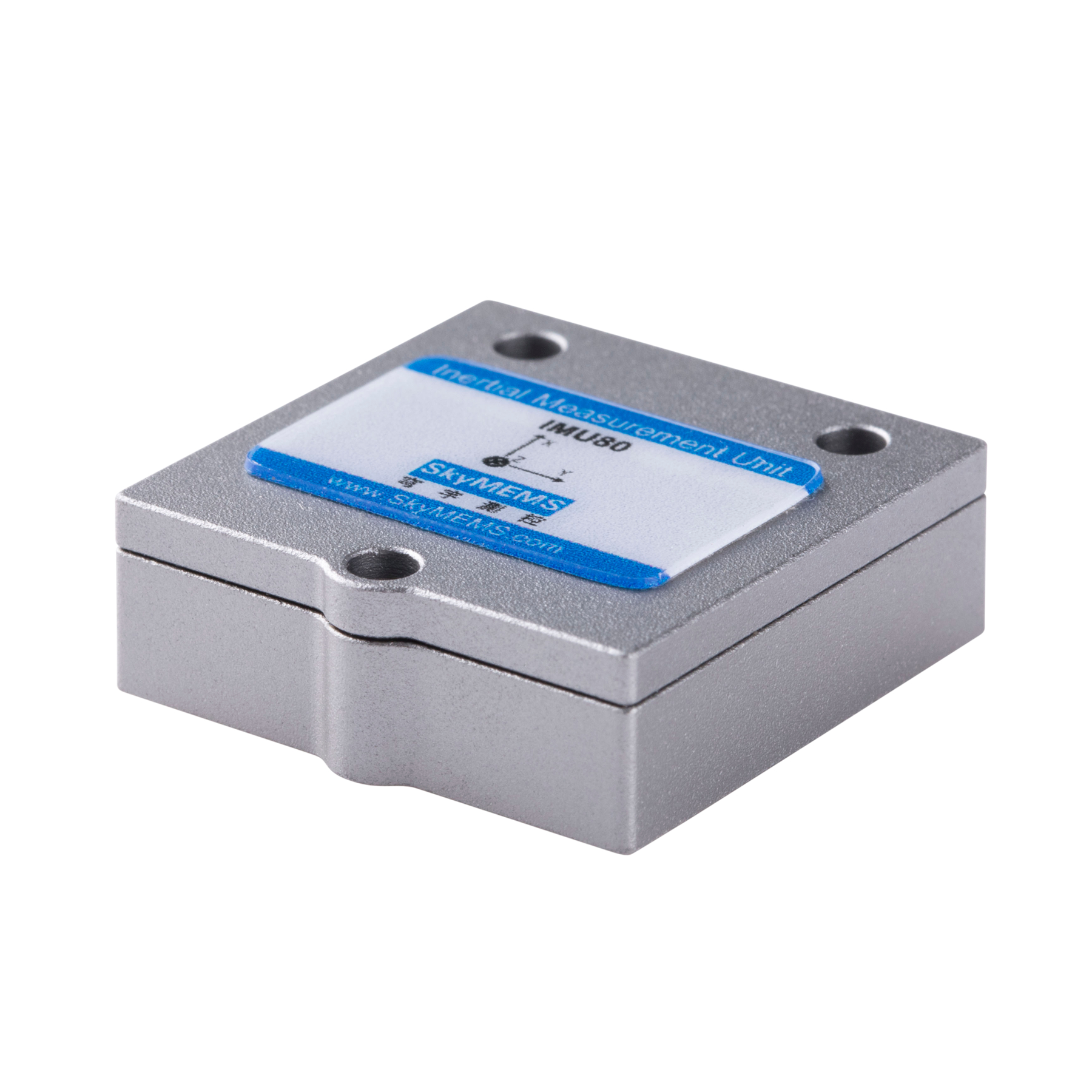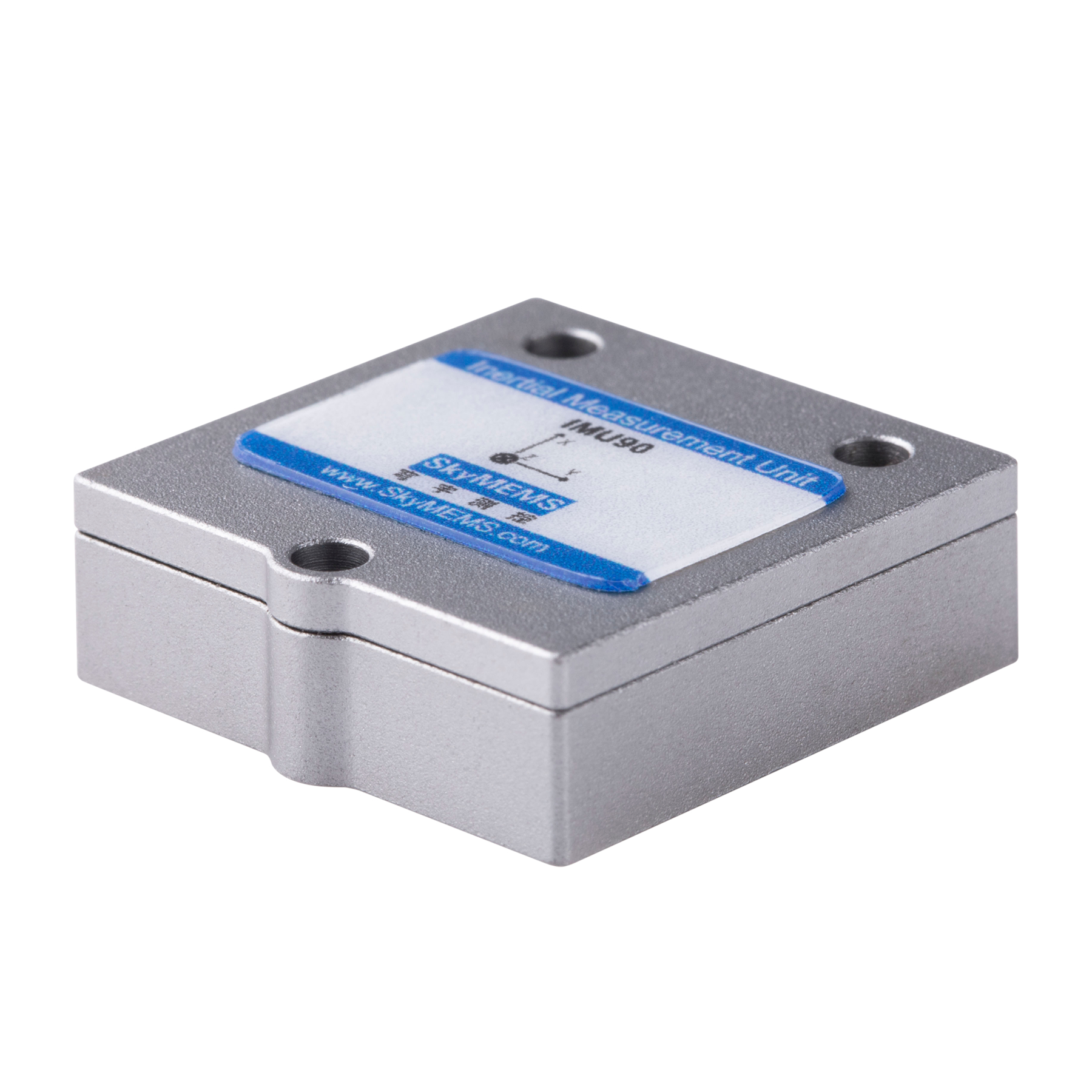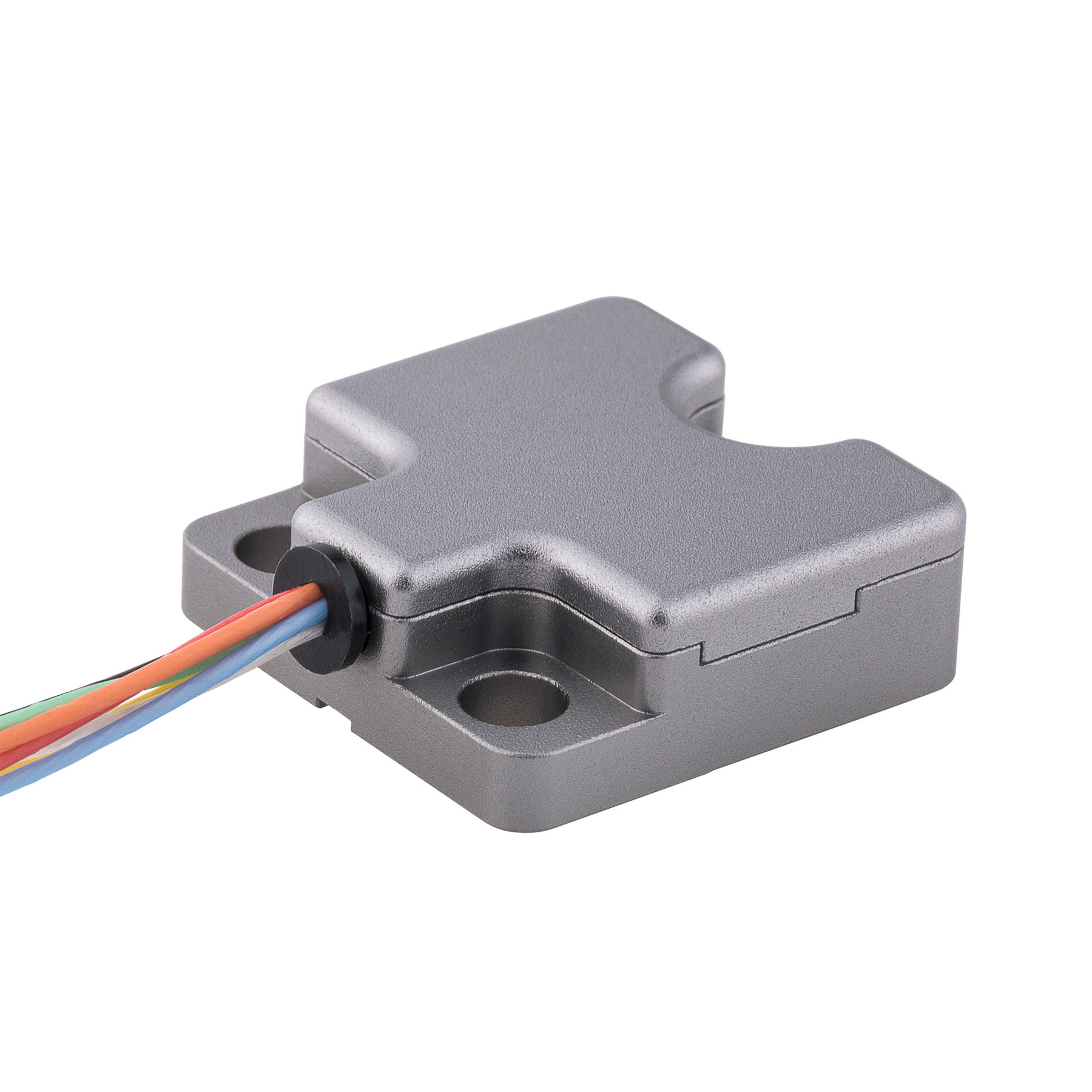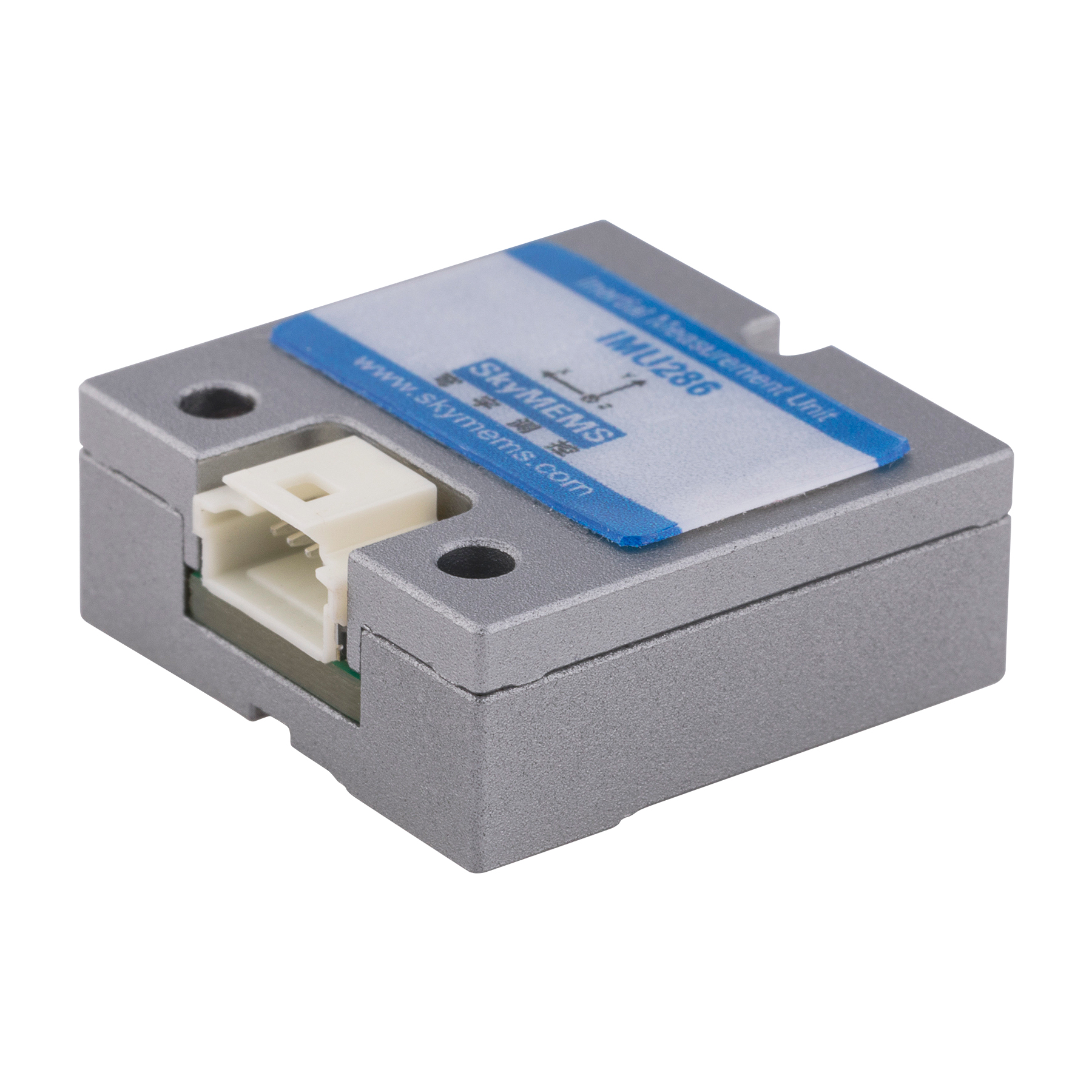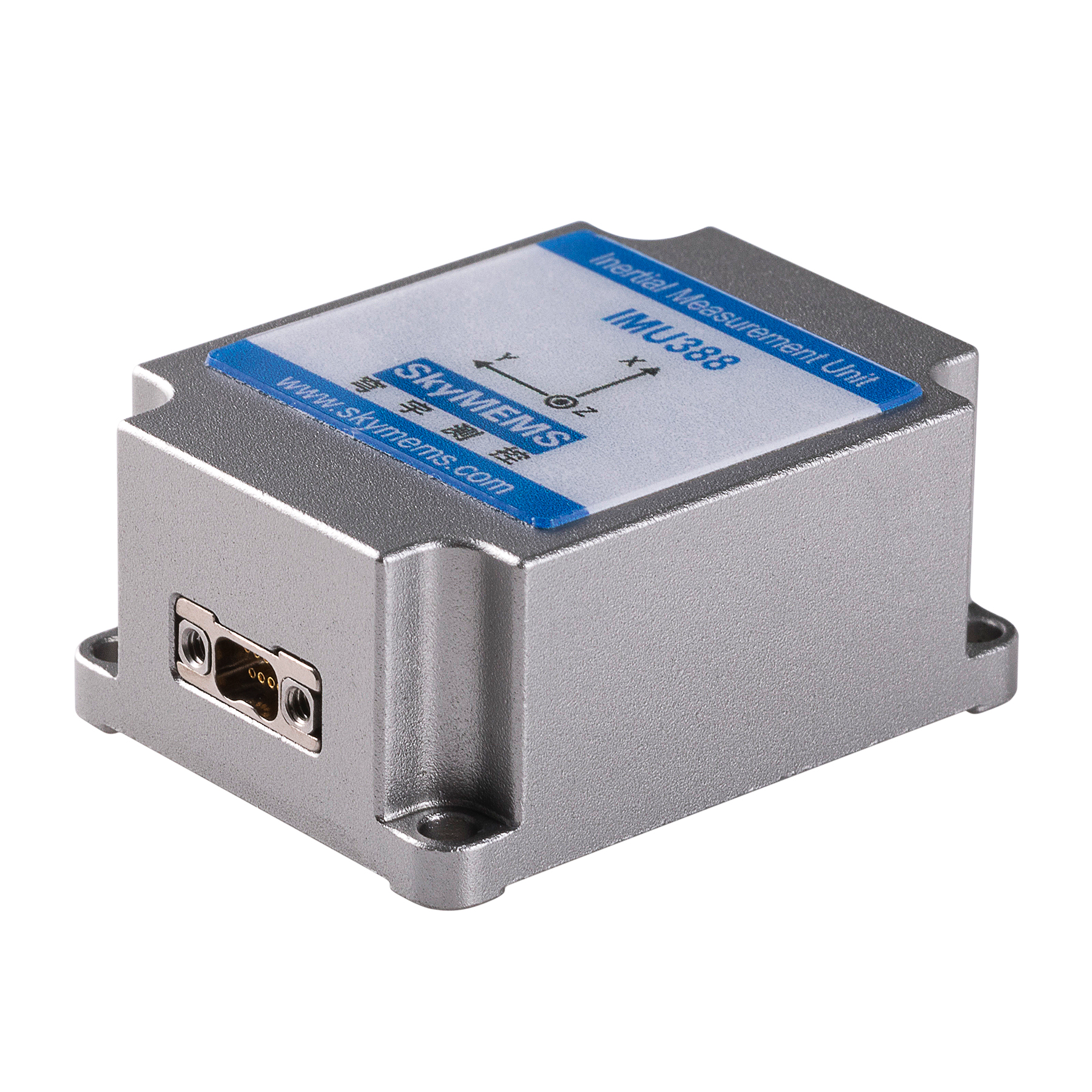In der heutigen Luftfahrtindustrie haben Sicherheit und Zuverlässigkeit für die Fluggesellschaften und ihre Passagiere oberste Priorität. Die Entwicklung luftgestützter GPS-gestützter Trägheitssysteme war ein bedeutender Durchbruch bei der Gewährleistung der Sicherheit und Zuverlässigkeit moderner Flugzeuge.
Das luftgestützte GPS-gestützte Trägheitssystem (AGAIS) ist eine Navigationstechnologie, die zwei verschiedene Navigationstechnologien - GPS und Trägheitsnavigationssystem (INS) - kombiniert, um den Piloten genaue und zuverlässige Informationen zu liefern. AGAIS ist zu einem festen Bestandteil des Flugbetriebs geworden, da es die Flugsicherheit und Zuverlässigkeit erheblich verbessert.
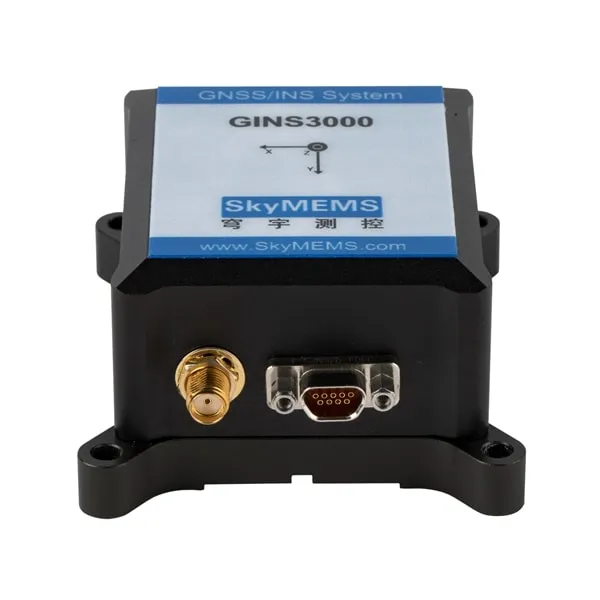
Was ist das Airborne GPS Aided Inertial System (AGAIS)?
Das AGAIS-System integriert das Global Positioning System (GPS) mit dem Inertial Navigation System (INS), um den Piloten präzise Informationen über Position, Geschwindigkeit und Fluglage zu liefern. Das System arbeitet, indem es die Position des Flugzeugs mithilfe von GPS kontinuierlich verfolgt und die Informationen dann zur Aktualisierung des INS nutzt. Das INS wiederum liefert genaue Navigationsdaten, unabhängig von der Verfügbarkeit von GPS-Signalen.
Wie AGAIS die Sicherheit und Zuverlässigkeit steigert
-
Verbesserte Navigationspräzision
AGAIS bietet erhebliche Verbesserungen bei der Navigationsgenauigkeit. Das System kombiniert die Stärken von GPS und INS, um den Piloten präzise Positions- und Geschwindigkeitsinformationen zu liefern. Das bedeutet, dass das Flugzeug in schwierigen Umgebungen wie schlechtem Wetter oder überfülltem Luftraum problemlos navigieren kann, ohne dass die Sicherheit leidet.
-
Aktualisierungen in Echtzeit
AGAIS informiert den Piloten in Echtzeit über die Position und Geschwindigkeit des Flugzeugs, unabhängig von der Verfügbarkeit von GPS-Signalen. Dies bedeutet, dass der Pilot jederzeit Zugang zu genauen und aktuellen Informationen hat, was die Sicherheit und Zuverlässigkeit erhöht.
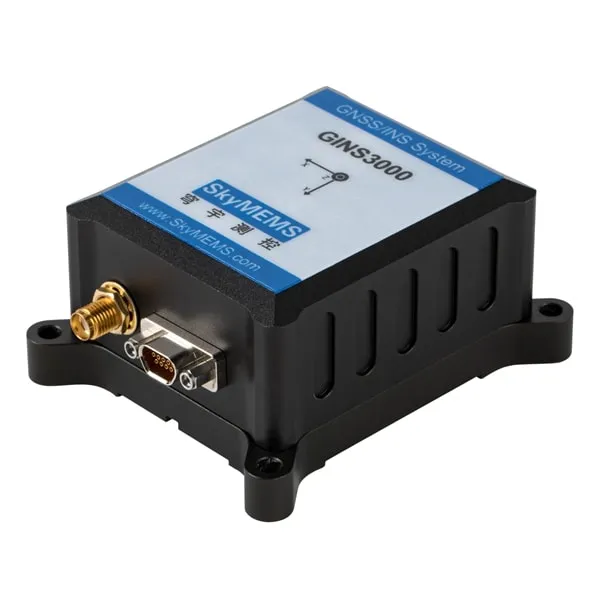
-
Reduzierte Fehlerquoten
AGAIS weist im Vergleich zu herkömmlichen Navigationssystemen deutlich geringere Fehlerraten auf. Die Integration von GPS und INS in das System sorgt für eine kontinuierliche Rückmeldung und Korrektur, so dass die Positions- und Geschwindigkeitsdaten des Flugzeugs stets genau sind. Dies verringert das Fehlerrisiko und erhöht die Sicherheit.
-
Redundanz
AGAIS bietet Redundanz, d. h., wenn eines der Navigationssysteme ausfällt, kann das andere System übernehmen und sicherstellen, dass das Flugzeug weiterhin sicher navigieren kann. Diese Redundanz ist für die Verbesserung der Sicherheit und Zuverlässigkeit moderner Flugzeuge von entscheidender Bedeutung.
-
Verbesserte Flugplanung
AGAIS hat die Flugplanung effizienter und zuverlässiger gemacht. Das System bietet präzise Informationen über die Position und Geschwindigkeit des Flugzeugs, so dass die Piloten genauere Entscheidungen über die Routenplanung und den Treibstoffverbrauch treffen können. Dies verbessert die Sicherheit und Effizienz des Fluges.
Schlussfolgerung
Das luftgestützte GPS-gestützte Trägheitssystem ist zu einer wesentlichen Technologie in der Luftfahrtindustrie geworden. Durch die Integration von GPS und INS bietet das System erhebliche Verbesserungen in Bezug auf Sicherheit und Zuverlässigkeit und ist damit ein unverzichtbares Werkzeug für moderne Flugzeuge. Mit AGAIS können Piloten problemlos durch schwierige Umgebungen navigieren, erhalten Echtzeit-Updates und profitieren von den Vorteilen der Redundanz und reduzierten Fehlerraten. Letztlich hat AGAIS die Sicherheit und Zuverlässigkeit moderner Flugzeuge verbessert und sorgt für ein besseres Reiseerlebnis für alle Beteiligten.





